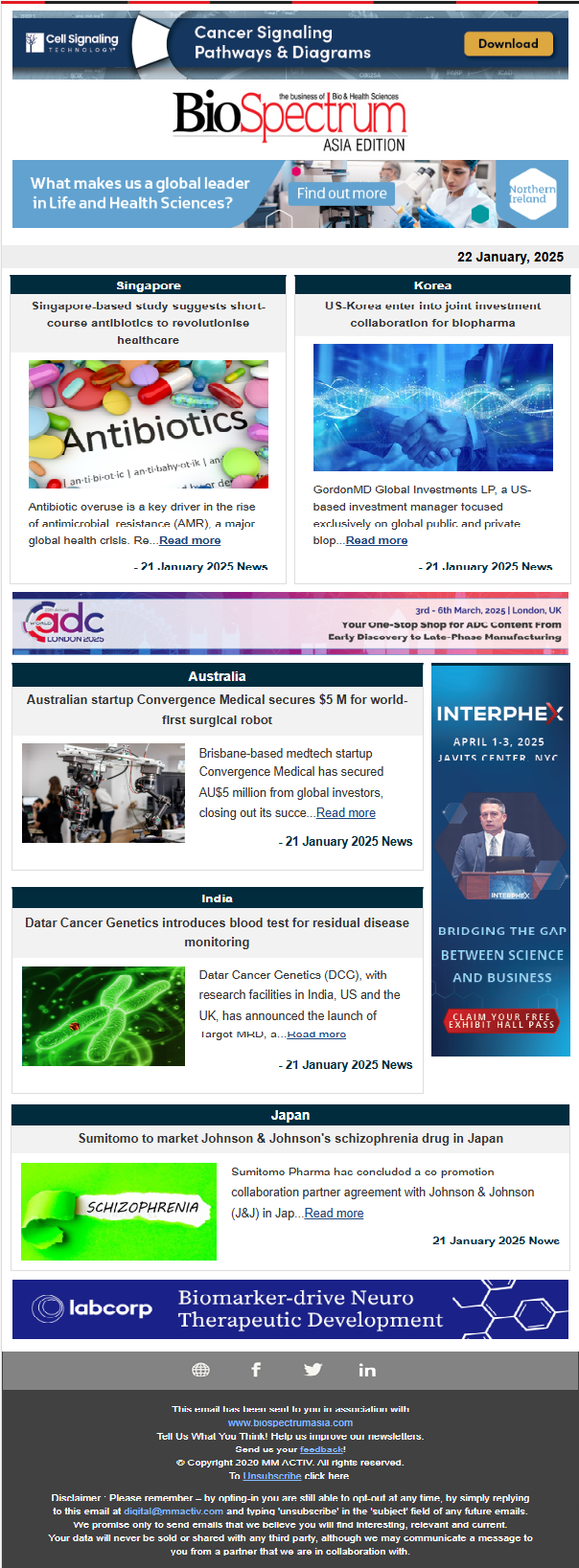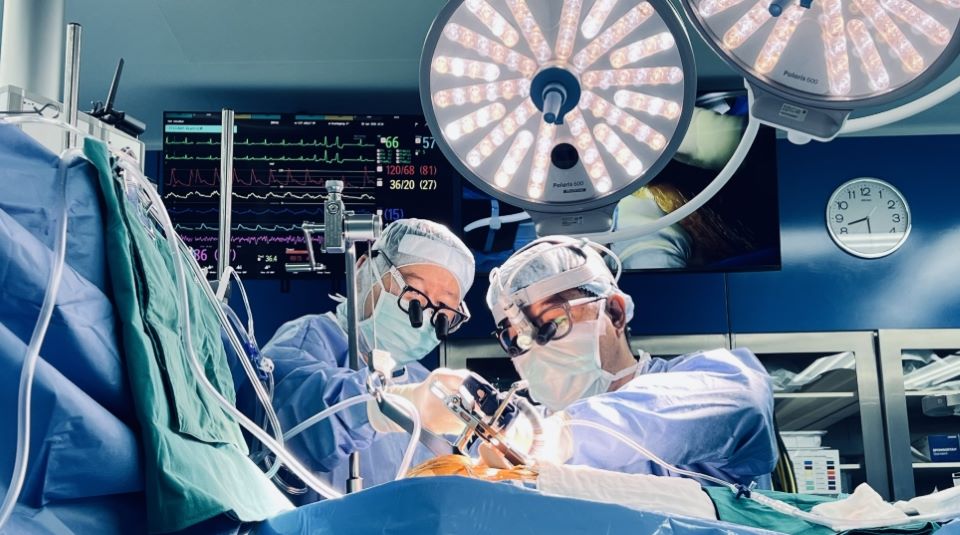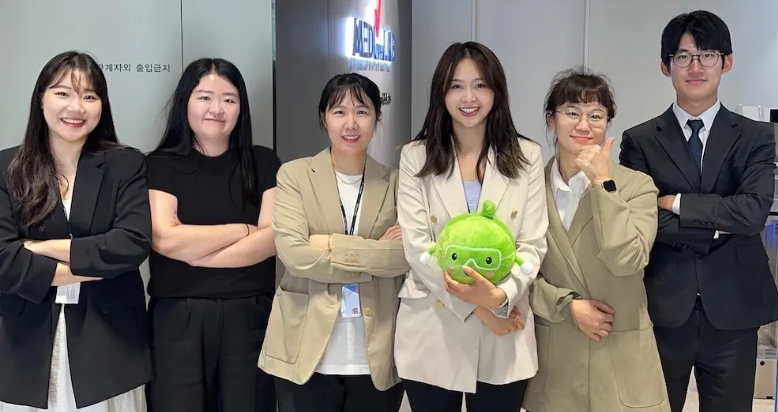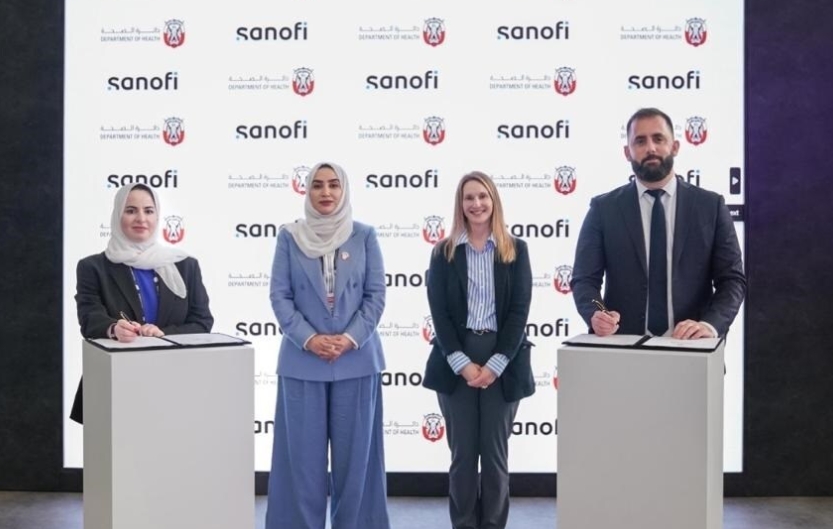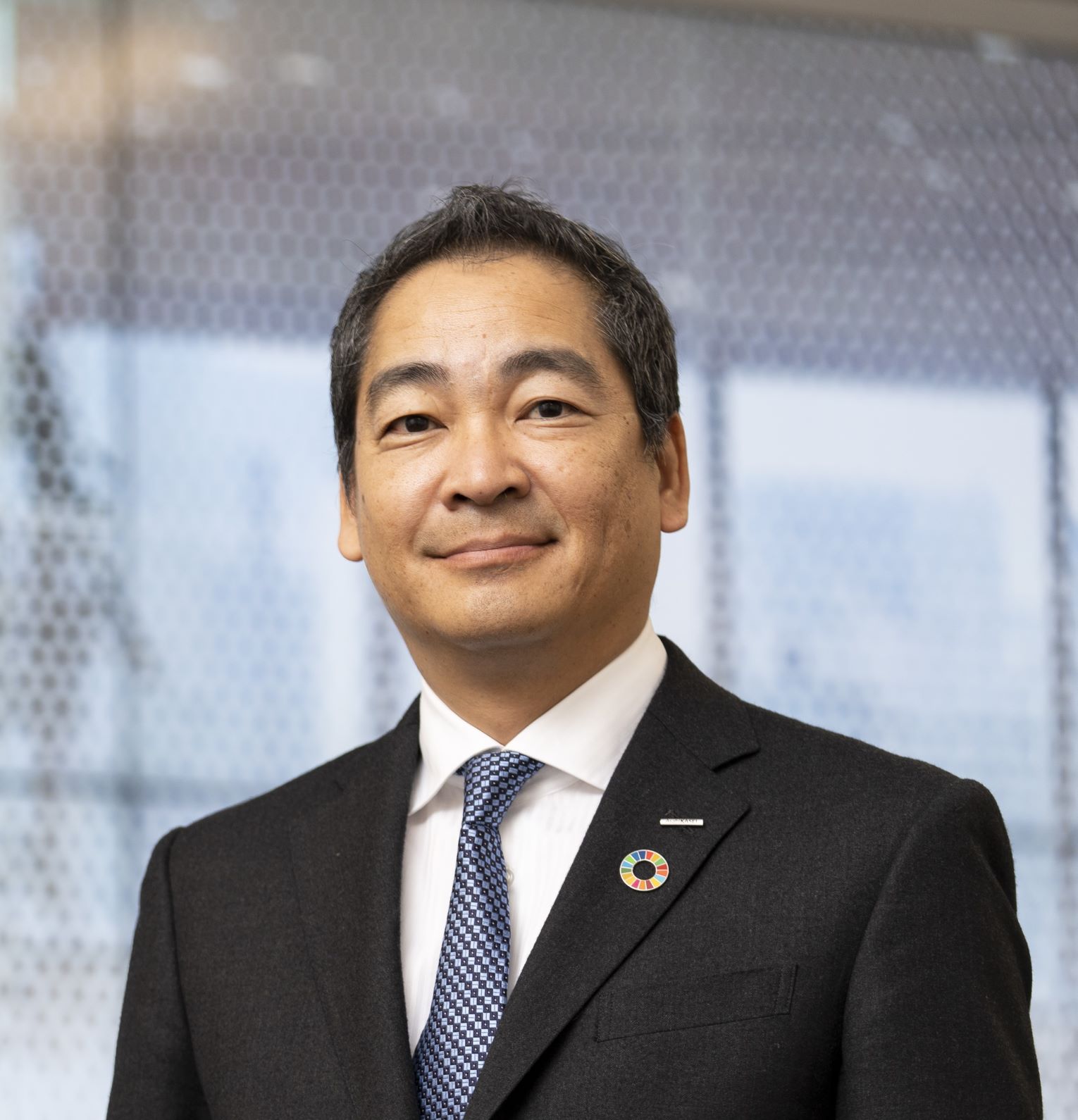
What major initiatives are lined up for Asahi's healthcare business in 2025 and beyond? Are you planning any major investments or partnerships to strengthen the business globally and within Asia?
Our healthcare business spans a diverse range of fields, including Critical Care, Pharmaceuticals, and Life Sciences. Since fiscal 2023, we have established our healthcare headquarters in the United States to manage the business from the world's largest healthcare market, thereby advancing global business development. From fiscal 2025 onward, we will focus not only on realising the returns from previous growth investments—especially in Pharmaceuticals—but also on continuing to invest for sustainable mid- to long-term growth.
Key priorities beyond fiscal 2025 include integrating our three Pharmaceutical businesses under a unified global strategy to drive future M&A to assure the scale for funding clinical developments through 2030, as well as to accelerate in-licensing global assets to build up a solid clinical pipeline that contributes to sustainable growth beyond 2030. In the Critical Care business, reinforcing organic growth with existing product lines in the severe cardiopulmonary space while pursuing new business opportunities in adjacent areas. Also, further expanding our Life Sciences business, which provides products and services for the pharmaceutical industry.
How much revenue growth/generation is expected in FY25-26 from the healthcare business? Could you break it down with respect to the various sectors such pharma, medical devices, life sciences, critical care and bioservices?
Along with certain investments and expenses related to the points described above, the operating income target after purchase price allocation (PPA) for the Healthcare sector in fiscal 2025 is ¥67 billion, with ¥26.4 billion expected from the Pharmaceuticals and Life Sciences businesses, and ¥40.6 billion from the Critical Care business. Looking ahead to fiscal 2027, we project a 42 per cent increase to ¥95 billion in operating income after PPA, with targets of ¥40 billion for Pharmaceuticals and Life Sciences, and ¥55 billion for Critical Care.
Could you highlight your market presence across different sectors (within the healthcare vertical)? Which sector generates the maximum revenue?
In the Pharmaceuticals business, we will accelerate growth primarily in the United States, centred on Envarsus XR and Tarpeyo, which were acquired through the acquisitions of Veloxis Pharmaceuticals in 2019 and Calliditas Therapeutics in 2024, respectively. We also plan to actively pursue additional growth investments through M&A and licensing-in activities by FY2027.
In the Life Sciences business, we launched a new virus removal filter, Planova FG1, specifically tailored to the needs of Biopharmaceutical products in fiscal 2024, and will continue to pursue steady growth. Bionova Scientific, a Contract Development and Manufacturing Organisation (CDMO) company acquired in 2022, has entered the plasmid CDMO services space. Moving forward, we aim to further expand both businesses within the biopharmaceutical market. Biosafety Testing Service providers, ViruSure and Bionque, are both expanding their laboratories and preparing for new service launches in this fiscal year.
In the Critical Care business, we aim to drive growth by increasing market share for defibrillators and automated external defibrillator (AEDs), as well as further penetrating the market with our wearable defibrillator LifeVest. In addition, we are working to accelerate the growth of our sleep apnea businesses by leveraging our strong business foundation and expertise in the cardiovascular field.
In fiscal 2024, the Critical Care business generated the highest operating income, reaching ¥40.6 billion. By the end of fiscal 2027, as mentioned above, we expect the “Pharmaceuticals & Life Sciences” subsector would contribute a similar level of operating income to Critical Care.
Could you shed light on the launch of your plasmid DNA business last year? What are the major objectives and plans forward?
To support the growing demand for advanced therapies, especially Cell & Gene Therapy, we have decided to construct a dedicated facility in The Woodlands, Texas, for the launch of Bionova Scientific’s plasmid DNA (pDNA) business. In fiscal 2024, we completed a laboratory for process development as an initial phase. Moving forward, a 50-litre GMP manufacturing facility will start operation in FY25Q2, which enables us to accept small-volume orders and then proceed with plans to build facilities capable of a 200-litre scale.
How do you view the growth of the cell and gene therapy market in Asia and globally? Also, what are the major challenges surrounding this field?
The cell and gene therapy (CGT) market faces several key challenges, including complex and difficult-to-scale manufacturing processes, high production and treatment costs, and supply chain constraints. Regulatory frameworks are still evolving, leading to uncertainty and longer approval timelines. Coordinating treatment logistics and identifying eligible patients early also pose significant hurdles to widespread adoption. Especially in gene therapy, there have been a small number of regulatory-approved products launched thus far. We will continue working closely with industrial thought leaders and key opinion leaders to monitor the evolving situation.
What are the major challenges and opportunities in store for the Japanese healthcare sector in the next five years? How is Asahi approaching those to strengthen its business?
In Japan’s healthcare market, where approximately 30 per cent of the population is aged 65 or older, the burden on the medical and long-term care systems due to ageing is expected to intensify. At the same time, the need for innovative treatments is rising, particularly in response to the growing prevalence of chronic diseases. To address these challenges, we are contributing through the development of therapeutics targeting unmet medical needs such as osteoporosis, kidney diseases, rheumatic and autoimmune disorders.
In addition to addressing the domestic market, we are also advancing strategic initiatives from a global perspective. For now, there is no change in our stance regarding the United States. We are actively creating global collaboration opportunities and developing businesses in regions such as Europe and Asia. Furthermore, we are investing in and developing advanced technologies that support pharmaceutical production, particularly focusing on Planova, our virus removal filter, which serves as a critical component in the manufacturing of biopharmaceuticals and other pharmaceutical products. In the meantime, given the recent geopolitical uncertainty evolved, not only in healthcare but also in many other industries, along with drug price pressures, we are proactively collecting information and analysing insights to manage such situations, where risks would be increased while opportunities would emerge globally.
Dr Manbeena Chawla
(manbeena.chawla@mmactiv.com)
